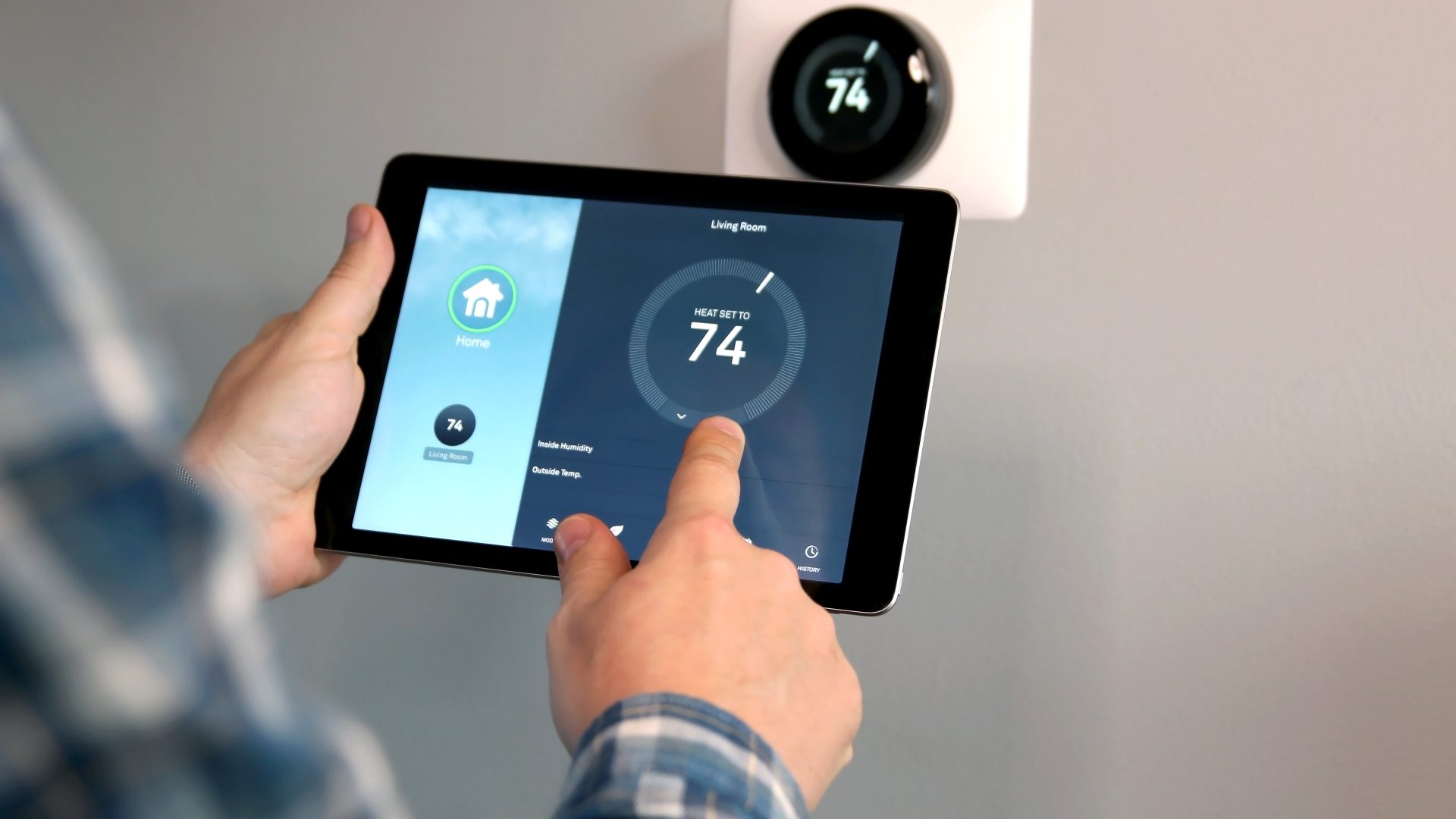Extreme weather conditions place significant strain on heating systems, particularly furnaces. As temperatures plummet, your furnace works overtime to keep your home or business warm, making it more vulnerable to failures. Understanding the common reasons furnaces fail during extreme weather and knowing how to address these issues can help you stay prepared and ensure consistent comfort.
Common Reasons Furnaces Fail in Extreme Weather
1. Overworked Systems
During extreme cold, furnaces often run for extended periods without rest. This continuous operation can lead to overheating, worn-out components, and system breakdowns. Overworked furnaces are particularly at risk if they haven’t been maintained regularly.
2. Clogged Air Filters
A clogged air filter restricts airflow, forcing the furnace to work harder to maintain the desired temperature. This added strain can cause the furnace to overheat and shut down, leaving you without heat when you need it most.
3. Frozen or Blocked Intake and Exhaust Pipes
High-efficiency furnaces rely on outdoor vents for air intake and exhaust. During extreme weather, these pipes can freeze or become blocked by snow and ice, disrupting airflow and causing the furnace to shut down as a safety precaution.
4. Ignition System Problems
A malfunctioning ignition system, such as a faulty pilot light or electric igniter, can prevent the furnace from generating heat. Extreme cold can exacerbate these issues, especially in older furnaces.
5. Thermostat Malfunctions
Sometimes, the problem isn’t with the furnace itself but with the thermostat. A thermostat that isn’t working correctly can send inaccurate signals, causing the furnace to operate inefficiently or fail to turn on.
6. Electrical or Gas Supply Issues
Extreme weather can lead to power outages or disruptions in the gas supply, rendering your furnace inoperable. These external factors are beyond your furnace’s control but can leave you in the cold.
How to Fix Common Furnace Failures
1. Regular Maintenance
The best way to prevent furnace failures is through regular maintenance. Scheduling annual tune-ups with a professional HVAC contractor ensures your system is clean, efficient, and ready to handle the demands of extreme weather. During a maintenance visit, technicians check components, replace filters, and identify potential issues before they escalate.
2. Check and Replace Air Filters
Inspect your air filter regularly, especially during high-demand periods. Replace it if it’s dirty or clogged to ensure proper airflow and reduce strain on your furnace. For optimal performance, filters should be checked monthly and replaced every 1-3 months, depending on usage.
3. Clear Outdoor Vents
Inspect the intake and exhaust pipes outside your home to ensure they are free of snow, ice, or debris. Use a broom or cloth to gently clear blockages, taking care not to damage the pipes.
4. Inspect the Ignition System
If your furnace isn’t igniting, check the pilot light or electric igniter. For pilot lights, ensure they are lit and burning steadily. If the problem persists, contact a professional to inspect the system.
5. Verify Thermostat Functionality
Check your thermostat settings and batteries to ensure it’s functioning correctly. Set the thermostat to “heat” and verify that the temperature is set higher than the current room temperature. If issues continue, a professional can diagnose and repair the problem.
6. Address Power or Gas Supply Issues
If your furnace isn’t receiving power, check your circuit breaker and reset it if necessary. For gas furnaces, ensure the gas valve is open. If you suspect a larger issue, such as a gas leak or a damaged power line, contact your utility provider immediately.
When to Call a Professional
While some furnace issues can be resolved with basic troubleshooting, others require the expertise of a professional HVAC contractor. For example, repairing internal components, addressing electrical issues, or diagnosing complex problems should always be handled by a licensed technician to ensure safety and reliability.
Conclusion
Furnace failures during extreme weather are inconvenient and uncomfortable, but they are often preventable with proper care and maintenance. By addressing common issues like clogged filters, blocked vents, and ignition problems, you can reduce the risk of breakdowns and keep your home or business warm when it matters most.
At Advanced Cooling, we specialize in keeping HVAC systems in top condition, even during the harshest weather. Since 2001, we’ve provided professional heating and cooling solutions to customers in Texas and Oklahoma, offering friendly, reliable, and affordable service. Whether you need routine maintenance, emergency repairs, or a system upgrade, we’re here to help. Give us a call today to ensure your furnace is ready to weather any storm!
Advanced Cooling is the premier choice for HVAC services in Texas and Oklahoma. With a team of highly trained and certified technicians, we have the expertise to handle all of your heating, ventilation, and air conditioning needs. Our commitment to customer satisfaction is unmatched, and we always go above and beyond to ensure that your experience with us is positive. We use only the highest quality parts and equipment to ensure that your HVAC system is running at peak performance. Plus, we offer competitive pricing and flexible scheduling to fit your needs. Choose Advanced Cooling for all of your HVAC needs in Texas and Oklahoma.
